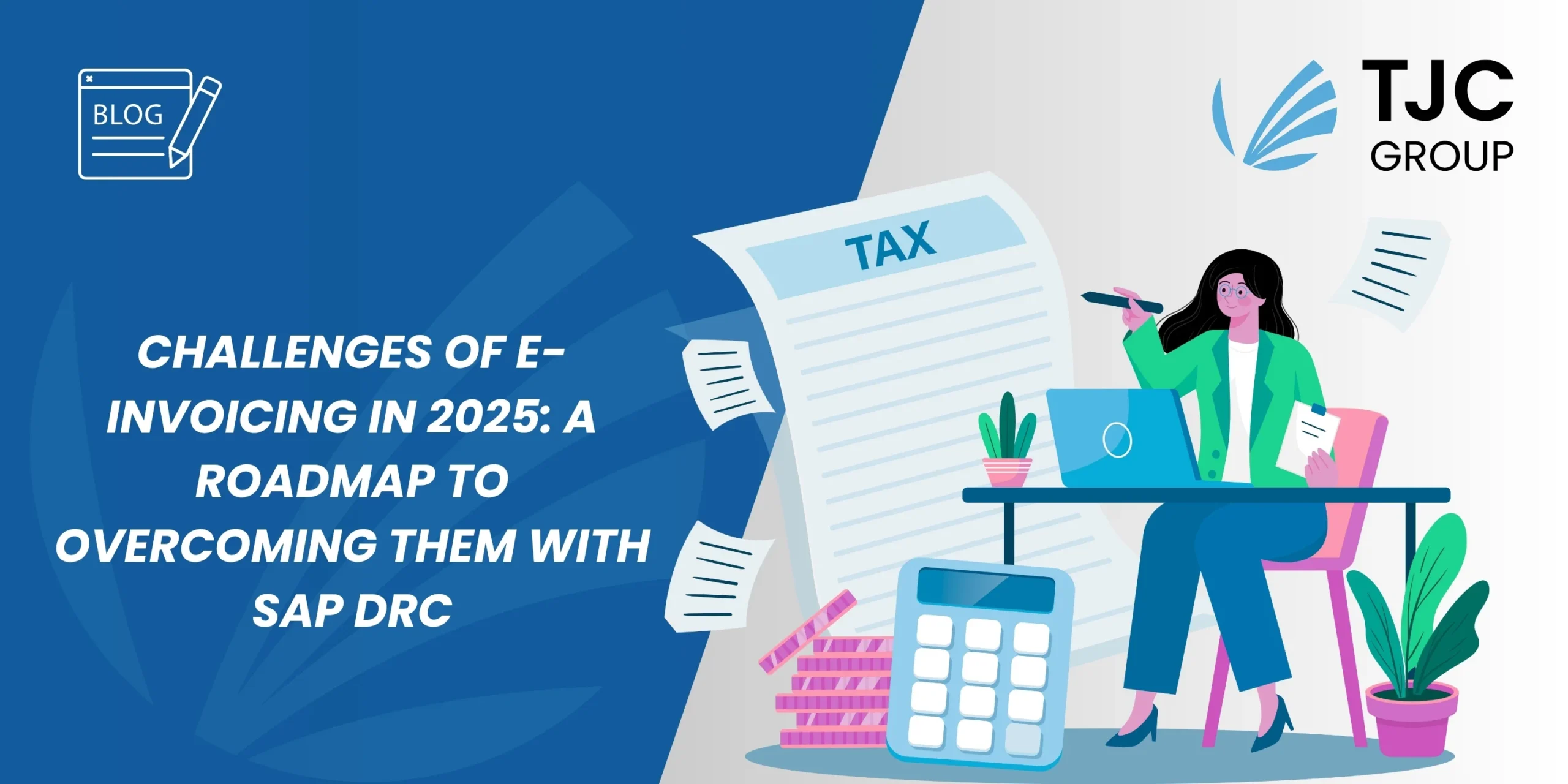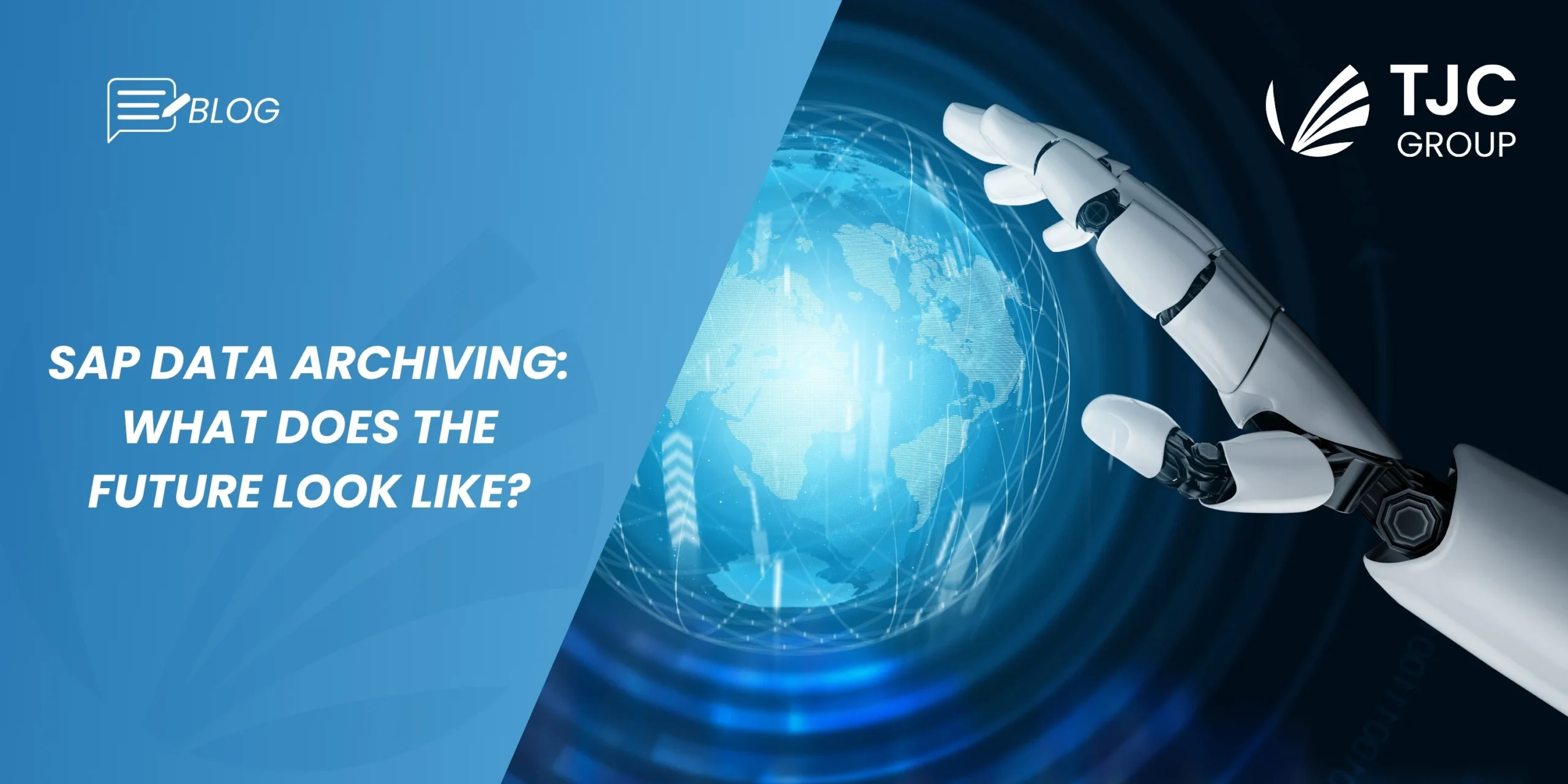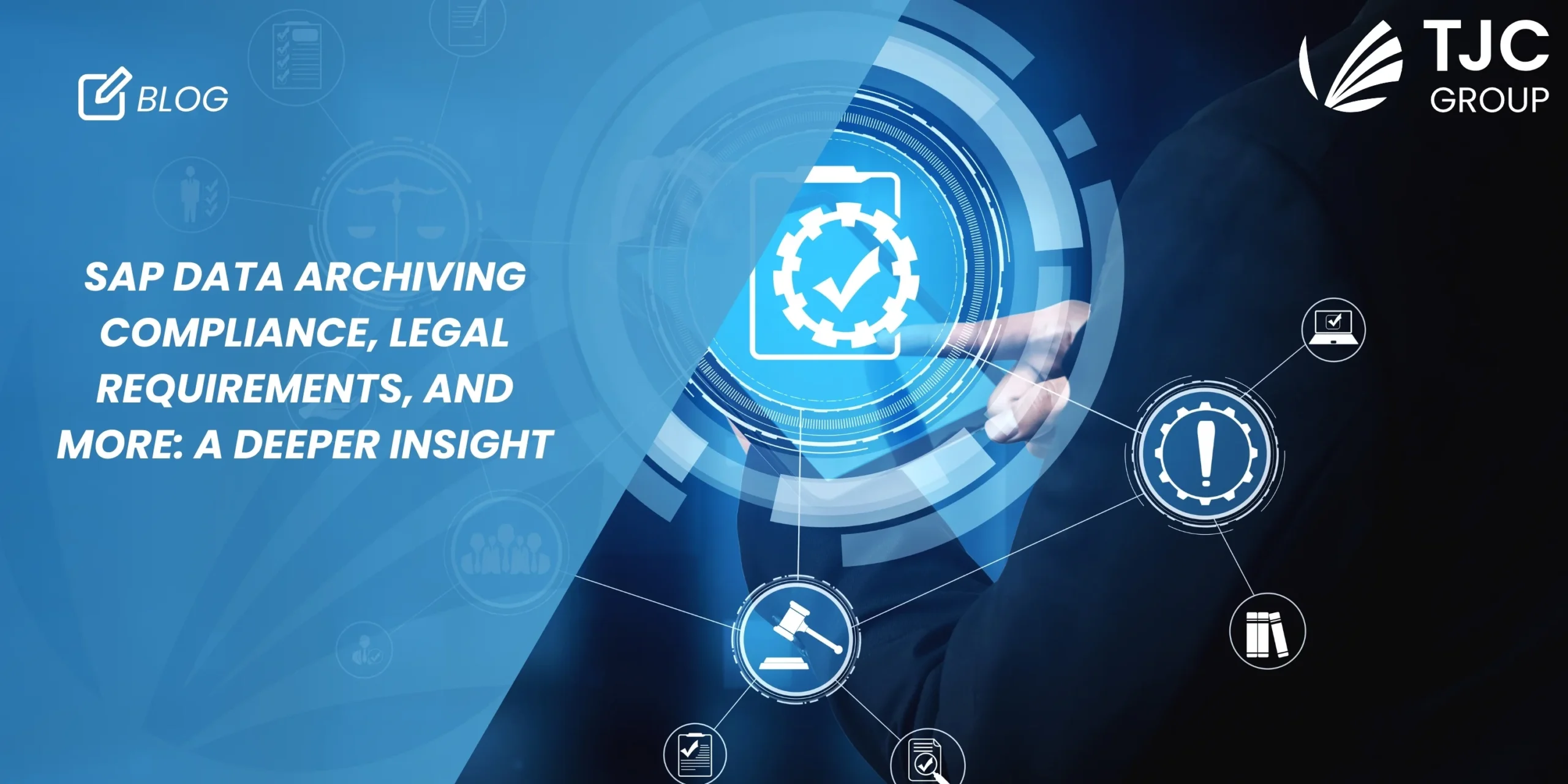We know from research conducted by the UK and Ireland SAP User Group (UKISUG) that nearly 2/3rds of companies are having difficulties with S/4 HANA migrations. Some could be tempted to do nothing to tame their data volumes. How can data archiving help keep control of S/4 HANA migration projects? In this article, we explore the effects of doing nothing by comparing a company that does not take any action to tame their data volume vs. a telecoms company that started planning their SAP Data Archiving journey towards S4HANA years ago.
Digital priorities are escalating data management challenges
The survey by UKISUG conducted early this year, revealed that many SAP users are struggling with the levels of data management required for a cost-effective SAP s It is a double-edged sword, because the transition to S/4 HANA is being accelerated as part of efforts to automate and digitally transform. The Covid pandemic has increased companies’ desire to digitalise. They need to automate to manage costs, meet increased demand and improve performance rates. However, the journey away from SAP ECC 6.0 to S/4 HANA is often fraught with problems that stem from legacy data management issues.
The UKISUG survey found 61% of companies reported that data management challenges were slowing down business process automation. This was due to having excessive amounts of old data, data, data stored in out-of-date formats, and needing to archive off data for compliance purposes. Effective cost management is more critical than ever, as organisations prioritise migrating to the cloud. How can the investment overheads be contained? Let’s take a deep dive.
The effect of doing nothing
What are the two likely scenarios? Some companies could be tempted to do nothing to tame their data volumes. Let nature take its course. Let’s take a look at “the effect of doing nothing”, sharing the experiences of one very well-known automotive manufacturer, although it could be any company in a high transaction industry, with retail being a good example.
Company A- VelocityEV
The company, let’s call them VelocityEV, was moving to the cloud and they migrated all 18TB of their data across to AWS. Together with this move came a natural compression of data, which reduced volumes down to 9TB. Once the AWS compression was completed, the company quickly noticed their SAP system was going a lot faster for transactional operations. However, Velocity EV did not have an information lifecycle management (ILM) programme in place, so data volumes continued to grow at the rate of 4TB/year. Within 3 years, they will be back at the initial 18TB level.
Why is VelocityEV’s data growing at an exponential rate? Simple. It’s impossible to stop data from growing! Every single transaction made by the company generates brand new data and there is nothing in place to control the archiving of data that does not need to be retained.
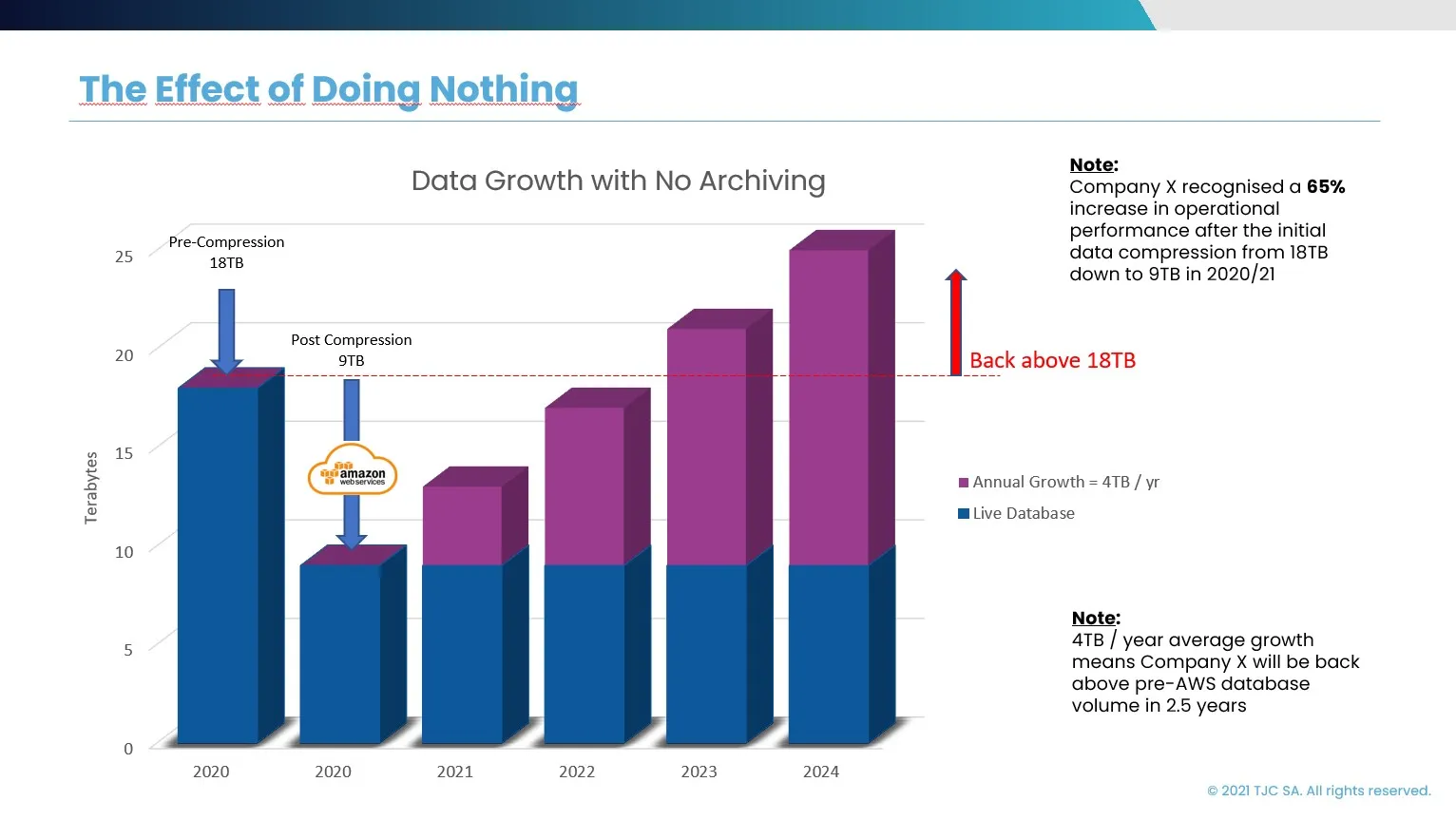
Company B – British Telecom
Compare that scenario with this one of another company, BT Group, that did introduce automated information lifecycle management.
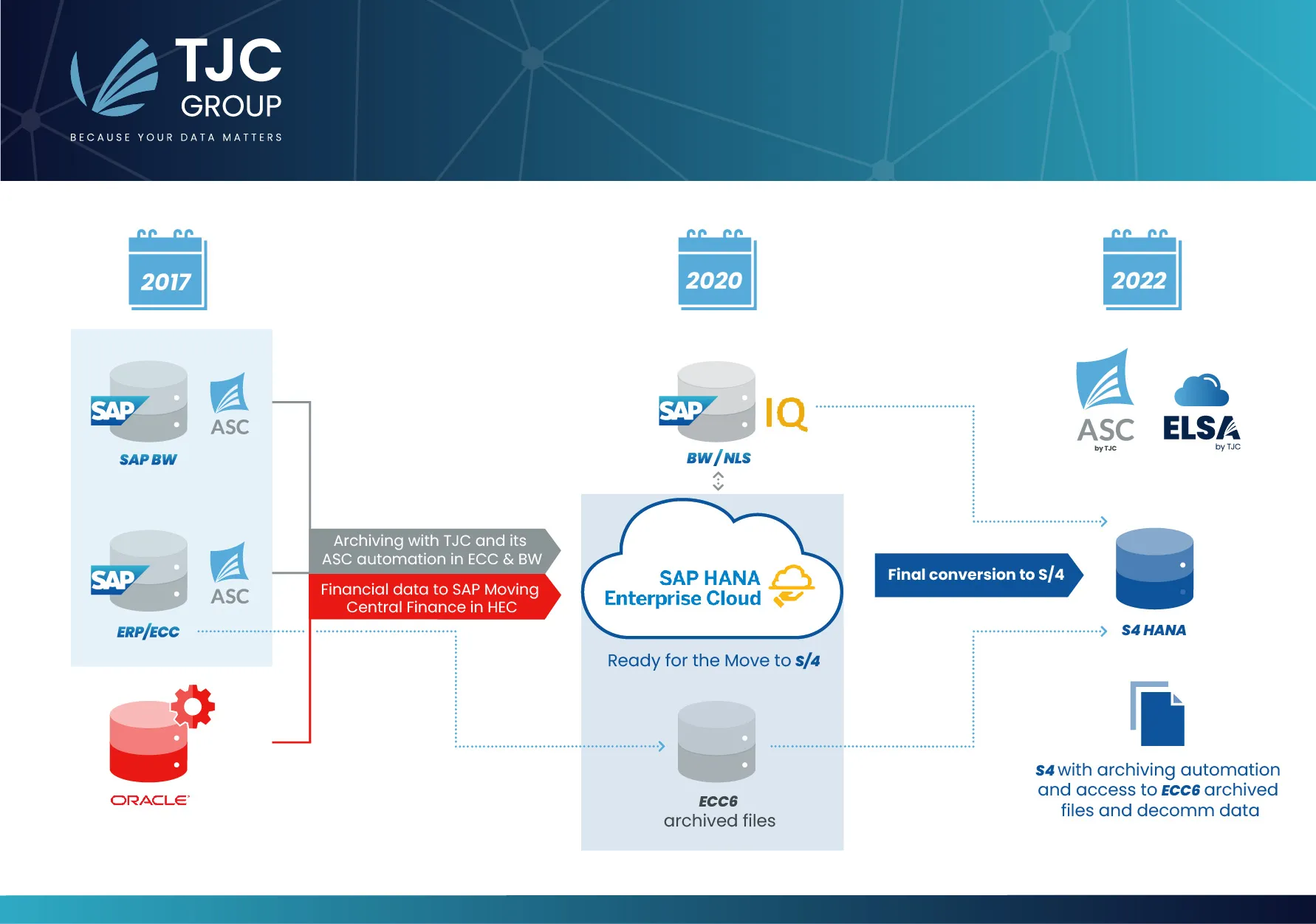
BT Group migrated their data to SAP HANA Enterprise Cloud (HEC) as an interim destination prior to moving from ECC 6.0 to SAP S/4 HANA. Before embarking upon the project, BT began archiving off using TJC’s ASC (Automated Sessions Cockpit) to get data volumes under control. This reduced the amount of data by over 6TB, which had the effect of reducing migration times and also controlling costs, a significant factor since HANA memory currently costs £31/GB/annum. In BT’s case it would save over £320,000 a year in cloud hosting fees.
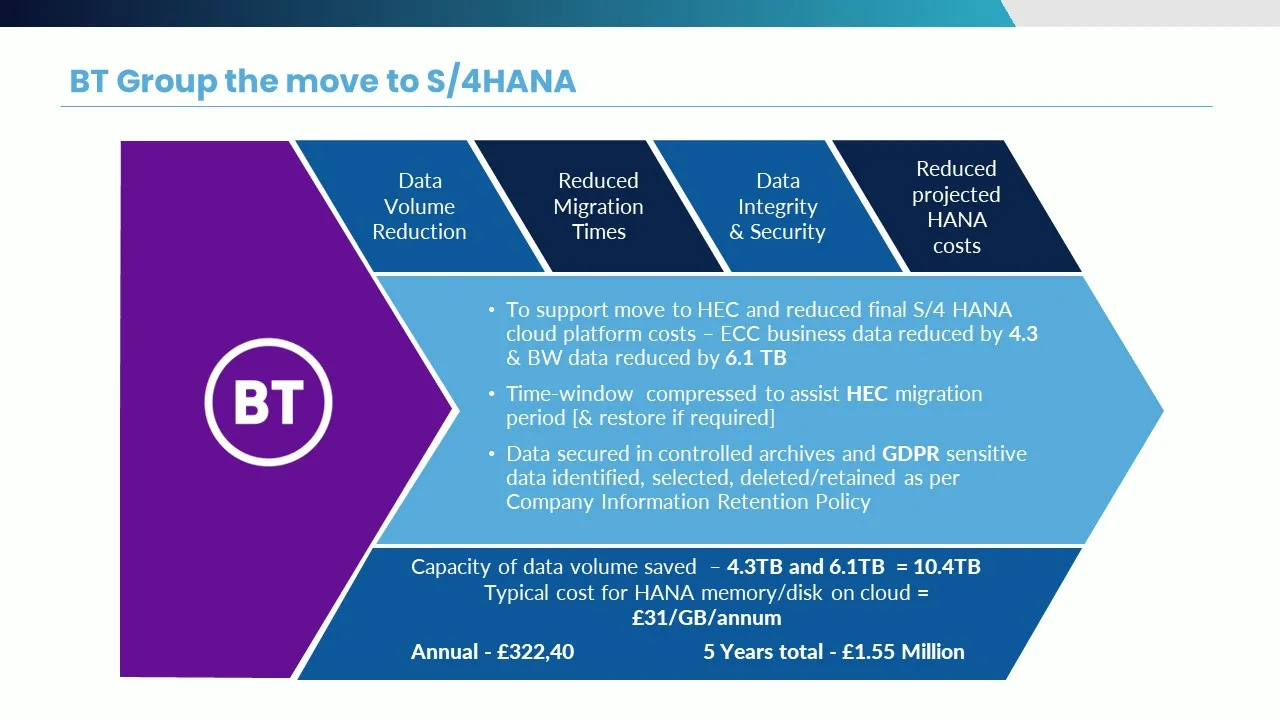
Obstacles to implementing ongoing data management
If the cost savings from data archiving are so clear cut, why aren’t all companies doing it? From our experience, there are two factors. Perhaps the company lacks the internal expertise to archive. Alternatively, they may have done bits and pieces of manual archiving, but just seen minimal benefits. This typically happens because data archiving wasn’t automated.
What happens if you do automate data archiving?
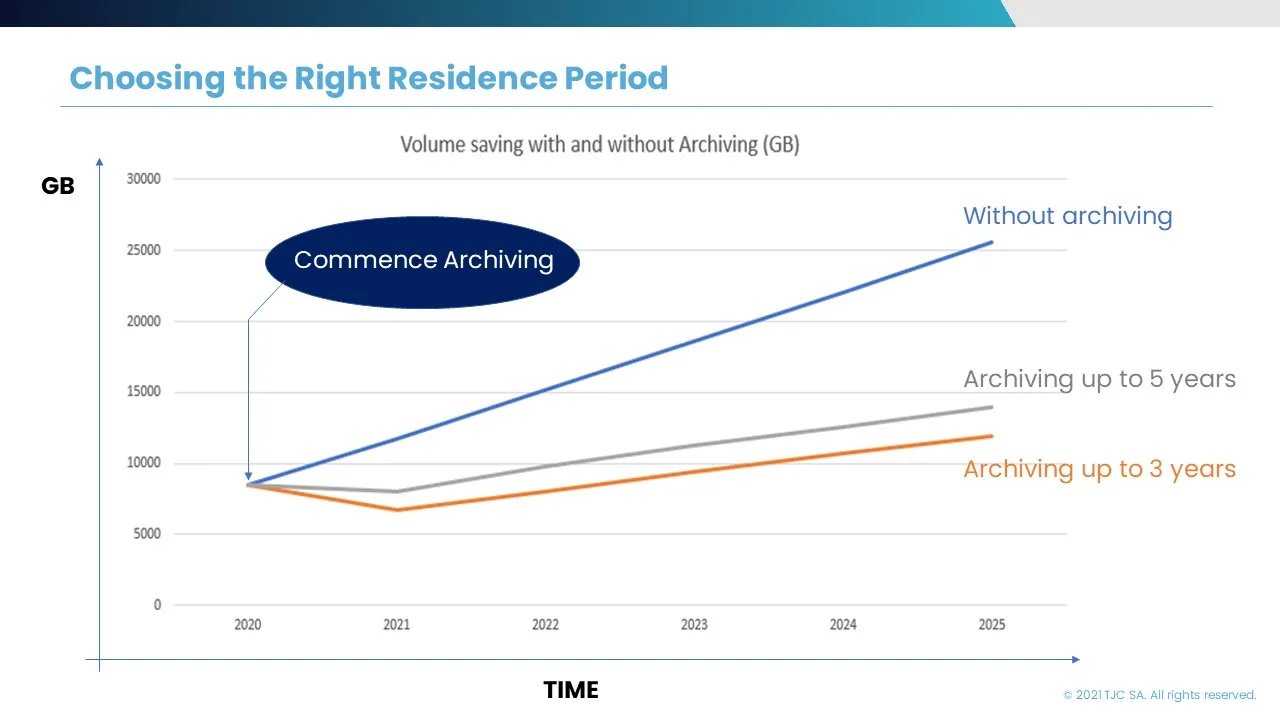
Without ongoing data archiving, data volumes will typically double every 3 years. Not only that, proper data retention management will ensure data protection and compliance requirements are met. For example, EU GDPR establishes that data must be deleted when there isn’t a legitimate business reason to keep personal data (storing counts as processing too) in the system. This article published in the SAP Community in 2019 already highlighted the importance of having an ILM strategy in place:
Aside from costs, reducing data volumes also improves cyber resilience, by making data recovery more rapid in the event of a ransomware or malware attack.
The benefits of SAP data archiving
There are many advantages of introducing archiving with TJC Group. It is highly cost-efficient, involving a one-off project cost and subsequent archiving software maintenance costs for the Archiving Sessions Cockpit. Depending on resourcing levels, it may be possible to undertake the ongoing data archiving administration monthly, or TJC’s business process outsourcing team can do it on your behalf.
The Ongoing data archiving service, called BPO, provides a cost-effective option to maintain the ROI gained from the archiving project without the need for an additional internal resource. TJC Group Data Archiving specialists ensure the database is maintained at an optimum level, and will keep a close eye on any problems flagged by the Archiving Sessions Cockpit, a SAP Certified solution that automates the full end-to-end process.
Check out our customer testimonial from Brake food, of the BPO service provided:

Data Archiving and Sustainability goals
Data is a significant contributor to global warming because of the vast amounts of energy used for its creation and storage. When we think about pollution, we most probably think about plastic waste, smoke fumes, and toxic effluents being released into the sea. These are obviously big problems that need to be managed carefully, but so too is data. Left unchecked, data is an ‘invisible polluter’ because storing obsolete data wastes energy, which in turn, contributes to CO2 levels.
Thankfully, it’s one that can be controlled relatively easily, by keeping data growth levels under tight control. Proactive SAP Data Archiving and SAP Information Lifecycle strategies can help data-driven operations become greener, by contributing to an overall business efficiency program to reduce energy and resource needs.
Read more about Data Management and Sustainability in this blog article:
Find out how we can help your company meet your Data Volume goals today. Get in touch today.







